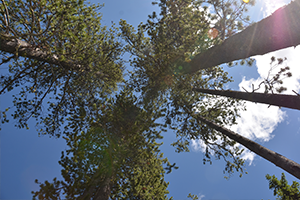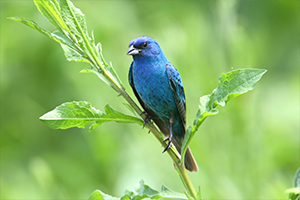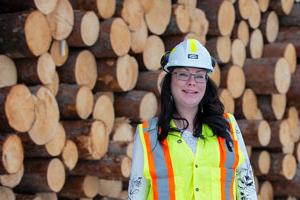
Engage middle school aged youth in learning about trees, forests, and sustainable forest management with PLT’s ready-to-use, hands-on activities. Click the “View Family Activity” links below to access the activities.
These 12 activities engage youth in learning about sustainable forest management. They’re perfect for non-educators, forest sector professionals, and even families, hosting community outreach, career days, or field site visits for youth. Each 50-minute activity offers simple suggestions for leading learners ages 10–16 in themes related to sustainable forest management, stewardship, and green careers, including:
- What is a Forest?
- Why do Forests Matter?
- How Do We Sustain Our Forests?
- What is Our Responsibility to Our Forests?
These themes and underlying concepts are outlined in PLT’s Forest Literacy Framework , a conceptual framework that aims to increase understanding and empowering actions by all for the benefit of our forests.
Select an activity below for use with youth ages 10–16. When working with teachers, select activities to complement topics or concepts taught in the classroom. When working with other audiences, choose activities based on topics of interest and your own objectives.
Also just released! PLT’s Pocket Guide: Seeds to Trees for use with children ages 3–6.


 You may not consider yourself an educator, yet sharing your expertise can provide youth with opportunities to learn about the important role that trees and forests play in our lives. When leading these activities with youth, keep in mind a few tips:
You may not consider yourself an educator, yet sharing your expertise can provide youth with opportunities to learn about the important role that trees and forests play in our lives. When leading these activities with youth, keep in mind a few tips:












